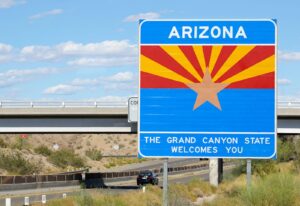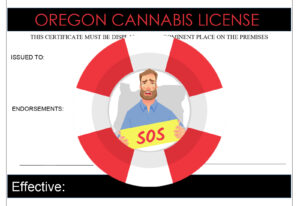My last post in this series, which ran a few weeks ago, went over some of the more common representations and warranties you’d see in the average cannabis M&A transaction. In that post, I briefly mentioned disclosure schedules, which are an integral part of a purchase agreement and its reps and warranties. Today, I’ll get into the in more detail.
The purpose of a disclosure schedule is – no surprise – to disclose things to the other party to the transaction. Usually, disclosures are made by the seller but sometimes a buyer may make them. These are used in addition to standard due diligence inquiries and basically bridge due diligence disclosures directly into the purchase agreement.
There are a lot of ways disclosure schedules can be used, but I’ll focus on two of the more common ones. First, a disclosure schedule may be used to provide a specific list of something that is referred to in a provision of the purchase agreement (including in a rep and warranty). For example, a purchase agreement may state something like “Company owns the assets identified in Schedule X”. Then, the schedule would list out the assets. This allows parties to keep purchase agreements streamlined without listing all the assets in the body of the agreement.
Second, a disclosure schedule will allow parties to explain situations or provide exemptions from a contractual representation. For example, its common for buyers to require seller to represent that neither it nor the company is in litigation. If the company or seller is in fact being sued, the rep and warranty may say something like “Except in Schedule Y, neither the Seller nor Company is a party to any litigation”. Then, the schedule would list that litigation.
You may be asking why not just eliminate the rep and warranty altogether in that example if the seller or company is in litigation. The point of still having it is so that the seller is promising that apart from that one litigation matter, neither it nor the company is a party to another suit. This is key for buyers, because if it turns out there was other, non-disclosed litigation, they would have recourse against the seller.
Sometimes, you can see hybrid sorts of disclosure schedules. So for example, you may see something like “Company owns the assets identified in Schedule Z, which are free and clear of any and all encumbrances except as disclosed in Schedule Z.” In that case, the schedule would list the assets, and identify which (if any) were encumbered.
Disclosure schedules are extremely important for the buyer for obvious reasons. From the seller’s point of view, they should be taken extremely seriously because they could lead to legal exposure for sellers if they turn out to contain inaccurate information. We’ll plan to keep writing about cannabis M&A topics, but in the meantime, if you are interested in more cannabis M&A posts, check out some of these:
- Cannabis M&A: Common Representations and Warranties
- Cannabis M&A: Common Closing Conditions
- Cannabis M&A: Purchase Price Adjustments
- Five Common Problems in California Cannabis M&A Transactions
- Cannabis M&A: Get to Know Your New Landlord
- Top Five Things to Know if You’re Building Your Cannabis Empire Through M&A
- Cannabis M&A: The Purchase Price and How It’s Paid
- Washington Cannabis: Buckle Up for a Brisk 2021 in M&A Activity
- Cannabis Mergers and Acquisitions: Preparing for Success
- Cannabis M&A and Real Estate Transactions: What is a Closing?
- Cannabis Transactions and Letters of Intent
- Cannabis Due Diligence Mechanics and Red Flags
- Top Five Red Flags for California Cannabis M & A
- What You Need to Know When Buying a Cannabis Business
























